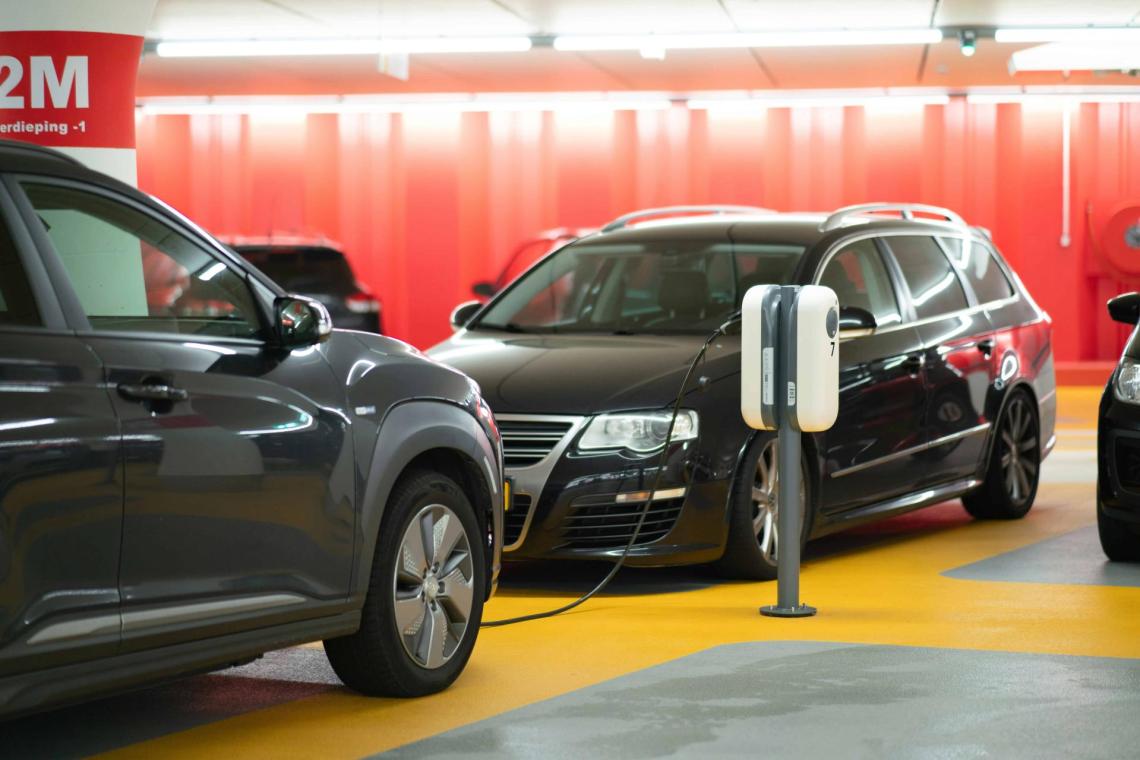The automotive industry is undergoing a significant transformation, with electric vehicles (EVs) rapidly becoming a more important player in the market. For used car dealers, this shift presents both opportunities and challenges. Understanding EVs and how to effectively sell and maintain them can give your dealership a competitive edge.
This guide aims to provide used car dealers with more knowledge about EVs. It will not only enhance your dealership but also ensure you provide exceptional service to a new wave of customers.
Understanding Electric Vehicles
Electric vehicles use a motor that draws energy from a battery pack to power them. All EVs use lithium-ion batteries because of their high energy density and long lifespan. The capacity of the battery pack, measured in kilowatt-hours (kWh), determines the vehicle's range. There are two main types of batteries: NMC (nickel-manganese-cobalt) used for its longer autonomy span and LFP (Lithium iron phosphate) used for its cheaper price.
In order to launch the wheels, the motor converts electrical energy from the battery into mechanical energy. Electric motors have a reputation for their high efficiency and ability to provide quick acceleration.
The charging system enables an external power source to recharge the battery. You can charge your electric car at home using a standard outlet, a home charger, or a public charging station. The charging speed varies with the power of the charger.
Types of Electrified Vehicles
Understanding the different types of electrified vehicles is essential for meeting diverse customer needs. Here are the main categories:
- Battery Electric Vehicles (BEVs): These are fully electric vehicles that run solely on electricity stored in their battery packs. Examples include Tesla Model 3, Nissan Leaf, and Renault Zoé. BEVs require regular charging.
- Plug-in Hybrid Electric Vehicles (PHEVs): These vehicles have both an electric motor and a gasoline engine. These cars can use electric power for short distances, typically 30-50 kilometers. After that, they switch to the gasoline engine for longer trips. Examples include Volvo XC40 and Hyundai Tucson.
- Hybrid Electric Vehicles (HEVs): Unlike PHEVs, HEVs cannot be plugged in to charge. They use both a gas engine and an electric motor. The battery is charged by capturing energy from braking and from the engine. HEVs offer better fuel efficiency than traditional ICE vehicles but still rely on gasoline. Examples include Toyota Prius and Renault Clio.

Other categories exist as some models are experimenting other forms of operating systems. It includes hydrogen fuel (FCEV), range-extended electric vehicles (REEVs) and vehicles equipped with solar panels. Those models are in earlier stages of development or less accessible to the overall population.
Benefits of electric vehicles
EVs offer several advantages that can be appealing to your customers.
Electric engines deliver immediate torque, leading to rapid acceleration and a serene, noiseless driving experience. They also offer a low center of gravity, improving handling and stability.
EVs generally have lower fuel costs compared to gasoline cars. On average, the cost of electricity is lower than that of gasoline per kilometer driven. Electric cars have fewer moving parts, so they need less overall maintenance. This means you don't have to change the oil, replace brakes as often, or worry about as much for wear and tear.
EVs produce less tailpipe emissions on the road compared to conventional vehicles. Additionally, they don’t increase greenhouse gas emissions when charged with renewable energy sources.
In some countries, governments offer some help to purchase EVs, such as tax credits, rebates, but also access to carpool lanes.
Constrains of electric vehicles
Like any other type of vehicle, EVs also have disadvantages. The first obstacle is the lower distance range comparted to petrol vehicles. Indeed, electric vehicles are less convenient for longer journeys as it needs more stops. Furthermore, the charging time can range from fifteen minutes to multiple hours depending on the charging station’s power.

Switching from a petrol car to an electric one may require changes in daily routines. Not everyone is in capacity to make these changes right now. The overall public charging station present depends greatly on each city and country. As for personal charging stations, buildings have yet to adapt their parking spaces.
On the global used car market, electric cars are often more expensive than their petrol counterparts, even if the gap is reducing over time.
Electric vehicles are still fairly new in the public landscape. This type of cars is not today suitable for everyone. Taking into consideration the way of life of clients is important.
Preparing Your Dealership for EVs
Integrating electric vehicles into your inventory requires some preparation and adaptation.
- Ensure your sales and service staff are knowledgeable about EV technology, benefits, and maintenance. Providing training on EV-specific features and charging infrastructure will enhance their ability to assist customers. Consider hosting training sessions with EV manufacturers or industry experts for your team.
- Install charging stations at your dealership to support EVs in your inventory and offer charging services to customers. This can also serve as a demonstration tool during sales. Consider offering different levels of charging, including Level 2 chargers for faster charging times.
- Track the performance and health of EVs in your inventory, including battery life and charging history. This information is crucial for making informed purchasing and selling decisions. Use specialized software tools to monitor and manage EV inventory.
Selling Electric Vehicles

Successfully selling EVs involves understanding customer concerns and effectively communicating the benefits of electric mobility.
- Educate potential buyers about the benefits and considerations of owning an EV. Offer learning materials, host EV workshops, and provide test drives to give customers a hands-on experience. Create FAQs and guides that address common questions and concerns about EV ownership.
- Provide information on home charging solutions as well. Educate customers on the availability of charging apps and networks that make finding charging stations easier. You can even help your customers by proposing at home charging solutions directly at your dealership.
- Emphasize the long-term savings on fuel and maintenance compared to traditional vehicles. Use real-world examples and comparisons to illustrate the financial benefits. Provide cost calculators that show potential savings over time.
- Appeal to conscious customers by highlighting the positive impact of EVs on their daily lives. Share stories and testimonials from other EV owners who have made the switch.
- Make customers aware of any available government incentives that can reduce the upfront cost of purchasing an EV. Help them understand the application process and how these incentives can benefit them financially.
Maintenance and Battery Care
Maintaining EVs requires a different approach compared to traditional vehicles. Here are some key aspects of EV maintenance:
The battery is the most important component of an electric vehicle and one of the most expensive one. Taking care of it requires some modifications in driving habits to avoid straining the battery. Avoiding extreme states of charge and using fast charge sparingly are some of the ways you can improve the lifespan of the battery. You can also teach clients how to avoid overheating of the battery.
EVs often receive over-the-air software updates that can enhance performance, add new features, and improve battery management. Ensure that vehicles are updated before sale. Educate customers on how to check for and install these updates.
Regularly inspect the electrical components, such as the charging port and cables, as well as traditional parts like brakes and tires, which still require standard maintenance. Encourage customers to follow the manufacturer’s recommended maintenance schedule.
Learn more about battery care on our article "Learn how to care for electric vehicles batteries".
Conclusion
The rise of electric cars represents a significant opportunity for used car dealers to diversify their inventory and appeal to a growing market segment. This change in the market comes with a new typology of clients. Understanding the unique aspect of electric vehicles and an adaptation of your dealership operations with help you become an EV expert among your area.
Start purchasing electric vehicles today with Arval Trading. Register today and begin exploring our special lists dedicated to EVs.



